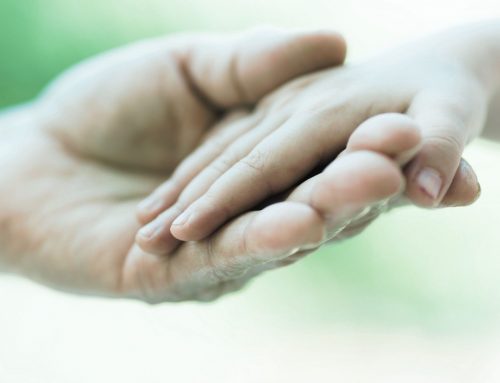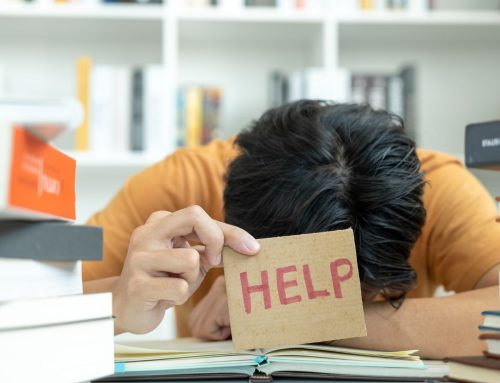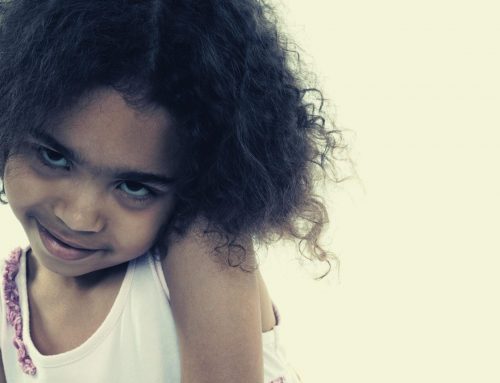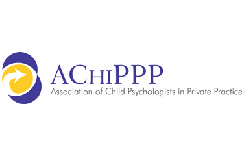Anxiety and depression are often missed in children with special educational needs as it is assumed to be part of a child’s diagnosis, such as autism or ADHD. Sometimes it is difficult to know whether a child has anxiety or depression that may need support, or whether the difficulties that you are observing are part of their identified difficulties/difference.
Some things to look for are:
- Total withdrawal
- An increase in obsessional or compulsive behaviour
- Increased verbal obsessions such as needing constant reassurance and asking the same questions over and over again
- Increased retreat into their special interest
- Escalating rigidity in routines
- Refusal to leave the home, go to work or college etc.
- Increased tearfulness and emotional response to situations
- Increase in frustration/aggression
- Threatened self-harm
How to Help
Prevention
- Identify Difficulties that may contribute to your child’s anxiety. It would be important, where possible, to work with your child to include them in helping you to identify difficulties and devise practical ideas to help deal with these difficulties. There are not always obvious triggers but in instances where there are, ABC charts such as those used in Cognitive Behaviour Therapy can be useful for identifying the cause of the anxiety. Anxiety provoking events may be internal, such as feelings of being overwhelmed or external, such stranger entering a room. Anxiety tends to increase at times of transition, changes to routine, at the time of significant events, where there is a lack of structure, perceived high expectations of others, unexpected changes in routine, changes to physical environment, and changes to sensory environment (such as food, fabrics, seasons etc).
- Anticipate changes and provide visual reminders for regular routines, changes in routine and in preparation of experiences. This includes the use of a visual routine/timetable, photos, and calendars. Social stories are also very useful in this regard.
- Routine is important as it provides structure and creates order out of your child’s perceived chaos. When kids have a sense of structure and predictability, it increases their sense of control and may reduce anxiety.
- Visual supports are a great way to help kids anticipate when an event will begin or end and to help them shift focus between tasks with reduced levels of anxiety. This includes the use of photos, symbols, lists and egg timers, to name a few.
- Support from other children and adults can help a child to feel safer. Familiarity can help reduce feelings of anxiety.
- Self-Awareness is an important part of supporting a child with anxiety. Adults and older children can be taught to recognise these symptoms themselves, although some might need prompting. Teaching the child to recognise emotions and when they are escalating can help them to regulate their anxiety. This can include the use of feeling faces, stress scales, traffic light recognition symptoms and recognising symptoms of anxiety such as physical reactions to stress.
Treatment
- Notice when child seems more anxious – recognised symptoms, such as rocking or hand-flapping
- Self-Regulation is the process of helping the child to respond to the escalation in anxiety by learning ways to regulate and manage their own behaviour and emotions.
- Using relaxation methods are a way to help your child to calm down. Methods used depend very much on the individual – watching a video, breathing exercises, listening to calming music, withdrawal to a quiet room, creating a decrease in social demands etc. Practice whichever method of relaxation is chosen at frequent and regular intervals in order for it to be of any practical use when anxieties begin to rise.
- Massage, aromatherapy, deep breathing and using positive thoughts can be effective. These should be administered with caution and according to the individual child’s likes and dislikes in order to avoid sensory defensiveness.
- Visualisation through the use of laminated photographs, postcards or pictures of a pleasant or familiar scene may help children to have a visual reminder of how to regulate their anxiety.
- Physical activity including using the swing or trampoline, going for a long walk perhaps with a dog, or doing physical chores around the home can help decrease feelings of anxiety. Many children also experience animals/pets as calming.
- Distraction/re-direction can shift attention away from whatever is causing the anxiety and create a calming effect. It is important that this is done when the first signs of anxiety are noticed as when anxiety has escalated it may be difficult for your child to think rationally and respond to you.
- Social Stories are a very useful tool in helping a child to understand and respond to their anxiety. It is useful to use the stories to provide them with coping strategies and techniques for managing their anxiety.
- A Physical space to calm down would be important. Creating an environment or safe space with low arousal or gentle sensory input such as a lava lamp is often helpful.
- A ‘sensory diet’ may be helpful as many children with sensory processing issues may feel overwhelmed and anxious when they have too much stimulation. It is useful to be aware of this, particularly in unfamiliar situations.
- Medication may be indicated in cases of extreme anxiety but this would only be at the advice of a qualified medical professional.
Kindling Confidence
- Anxiety is often greater when children feel bad about themselves.
- It is often more difficult to boost a child’s confidence when they are constantly reminded about their difficulties and difference in relation to other people. The extent to which this impacts on a child’s self-confidence and levels of anxiety will depend on their awareness of their difficulties and perceived expectations of others.
- Like all parents, parents of children with special needs want the best for their children and want to spare them discomfort and pain. At times this can lead to parents being overprotective of their children, and this can ultimately increase a child’s anxiety and undermine their self-confidence further.
- Parents being negative or too pushy with their children can also erode confidence and increase anxiety.
Things to do:
- Give attention to things that your child is doing well. Noticing when they are managing well and recognising their strengths will boost their confidence.
- Give them responsibilities. When you give your child a manageable task that is considered helpful to you, they will feel useful and that they can make a worthwhile contribution. This will boost their confidence as you are showing them that you believe in them.
- Encourage independence as this will give your child the message that you know that they are capable. It is important to do this in circumstances where you know that they are capable, and in some cases ‘guided independence’ may be appropriate.
- If appropriate, encourage your child to engage in a hobby or special interest that they enjoy. Enjoying activities will improve their skill or knowledge which will help them to feel better about themselves and improve confidence.
- Spending special time alone with your child where they direct how the time is spent will give them the message that they are special and that you enjoy their company, which will help to boost their self-esteem and confidence.
Smallprint
If you remain concerned and would like to discuss this with a child psychologist, you are welcome to contact a member of our team to chat further.





